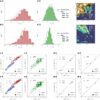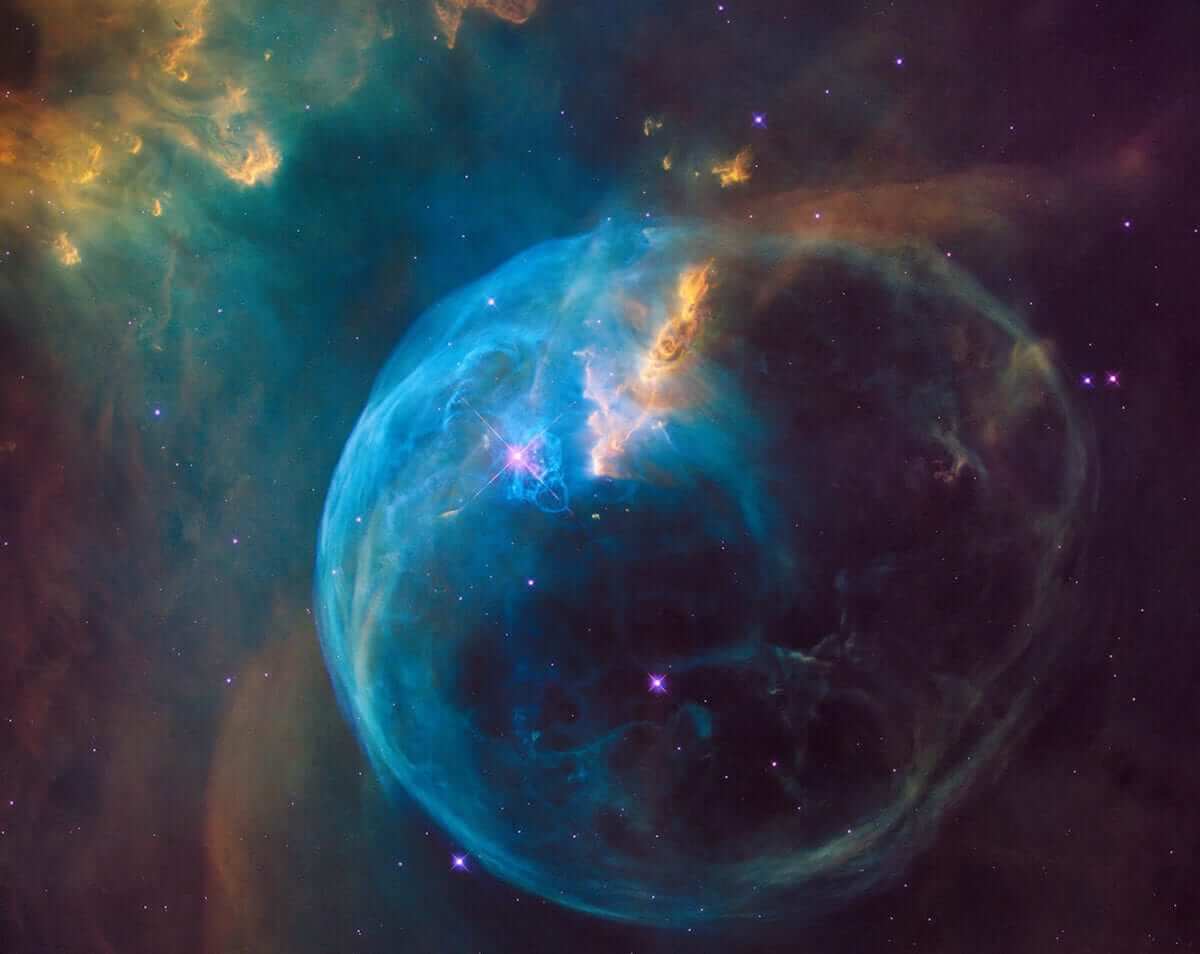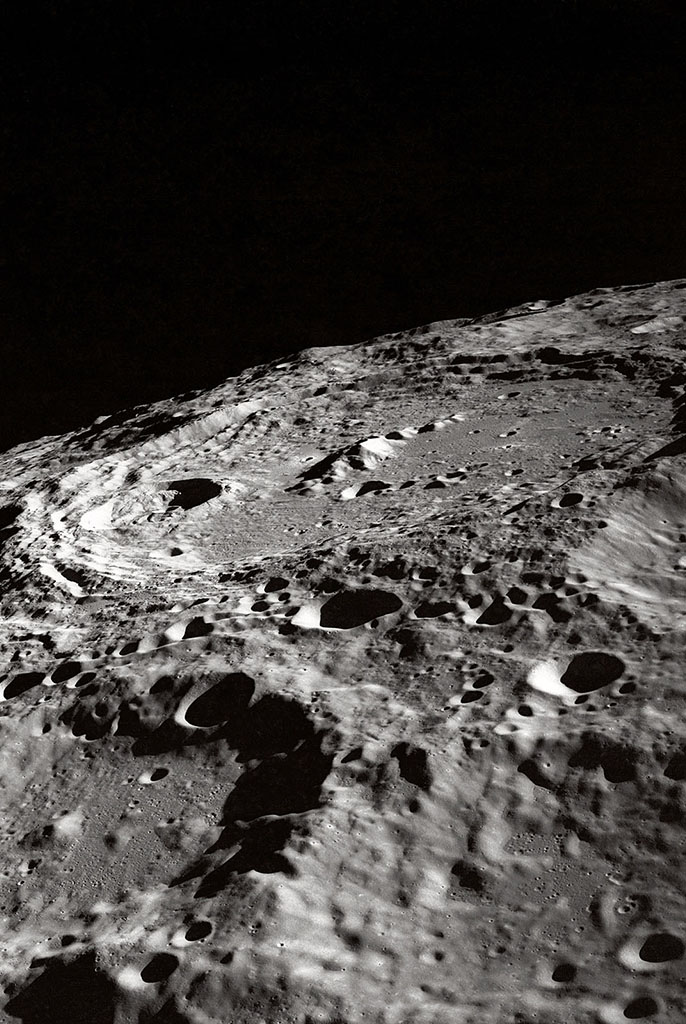The desert that we see today in Arabia was once a region that repeatedly underwent “green” periods in the past, as a result of periods of high rainfall, resulting in the formation of lakes and rivers about 9,000 years ago.
This is the key finding from an international, interdisciplinary team that documented an ancient water-sculpted landscape in the Empty Quarter, one of the largest and driest deserts in the world today. The paper “Monsoonal imprint on late Quaternary landscapes of the Rub’ al Khali Desert” has been published in Communications Earth & Environment.
The team, which was led by Dr. Abdallah Zaki and Professor Sébastien Castelltort of the University of Geneva, Switzerland, and Professor Abdulkader Afifi of King Abdullah University of Science and Technology (KAUST), included Professor Michael Petraglia from Griffith University, documented the presence of an ancient lake, rivers and a large water-formed valley.
“Based on a series of ages, it appears the lake peaked about 9,000 years ago during a wet Green Arabia period that extended between 11,000 to 5,500 years ago,” said the first author, Dr. Abdallah Zaki.
The lake is estimated to have been massive, measuring 1,100 m2 in extent and 42 m in depth.
Professor Sébastien Castelltort added, “Owing to increased rainfall, the lake eventually breached, causing a great flood and carving out a 150 km–long valley in the desert floor.”
The scientists believed the source of the monsoonal rains was from the African monsoon, shown by sediments that could be traced over a distance measuring 1,100 km, extending from the Asir Mountains along the Red Sea, in close proximity to Africa.
Professor Petraglia, who is the Director of Griffith’s Australian Research Center for Human Evolution, said the research demonstrated that rainfall was not weak but rather sometimes strong and intensive, resulting in rapid and large-scale landscape changes.
“The formation of lake and riverine landscapes, together with grasslands and savanna conditions, would have led to the expansion of hunting and gathering groups and pastoral populations across what is now a dry and barren desert,” Professor Petraglia said.
“This is borne out by the presence of abundant archaeological evidence in the Empty Quarter and along its ancient lake and river networks.
“By 6,000 years ago, the Empty Quarter experienced a strong decline in rainfall, which would have created dry, arid conditions, forcing populations to move into more hospitable settings and changing the lifestyle of nomadic populations.”
More information:
Abdallah S. Zaki et al, Monsoonal imprint on late Quaternary landscapes of the Rub’ al Khali Desert, Communications Earth & Environment (2025). DOI: 10.1038/s43247-025-02224-1. www.nature.com/articles/s43247-025-02224-1
Provided by
Griffith University
Citation:
Ancient lakes and rivers unearthed in Arabia’s vast desert (2025, April 4)


